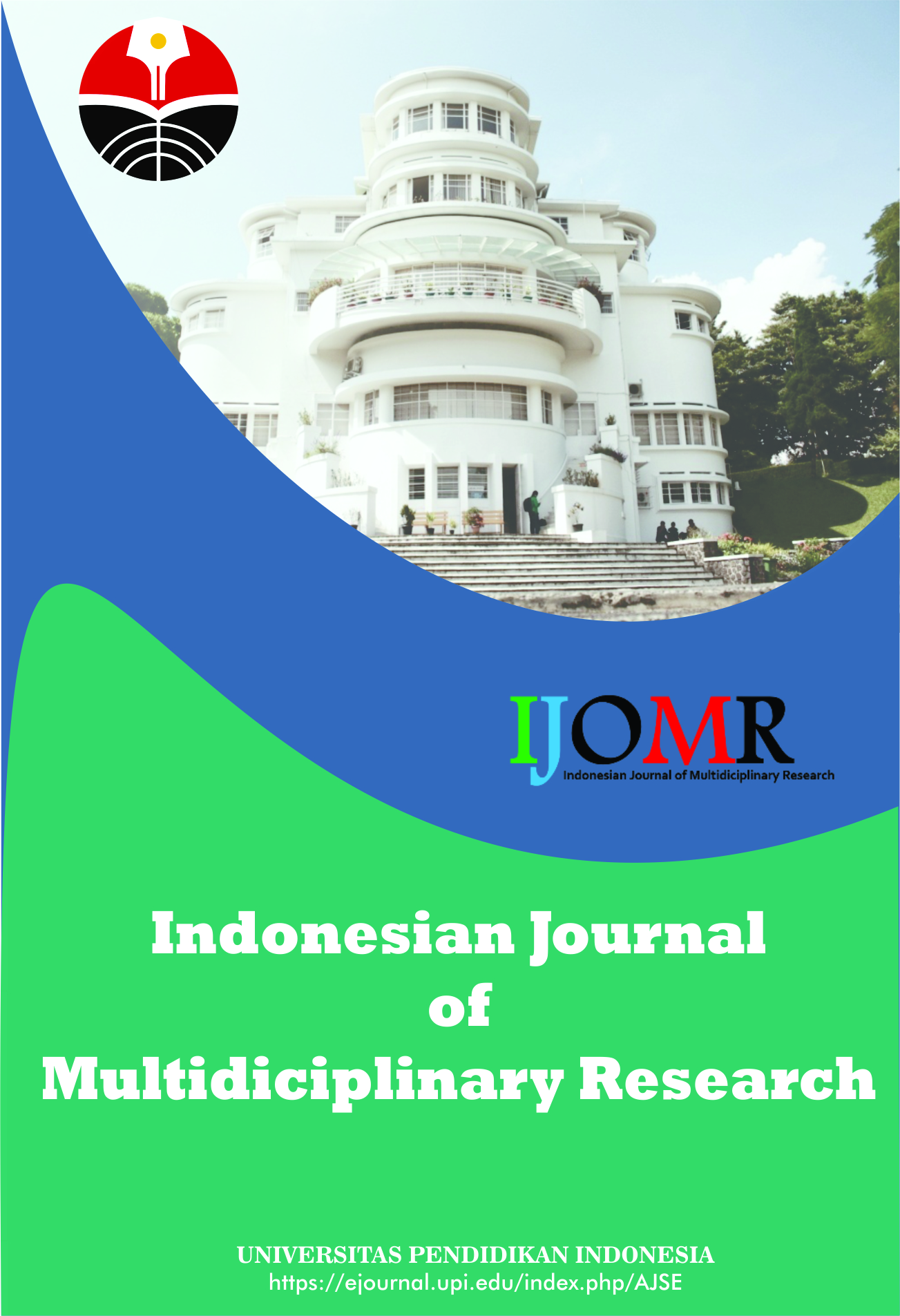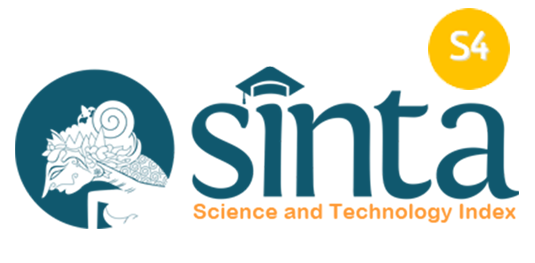Portable Coffin Lowering Device for COVID-19 Corpse Handling: Education, Design Process, and Strength Analysis
Abstract
Keywords
Full Text:
PDFReferences
Anggraeni, S., Maulidina, A., Dewi, M. W., Rahmadianti, S., Rizky, Y. P. C., Arinalhaq, Z. F., and Al-Obaidi, A. S. M. (2020). The deployment of drones in sending drugs and patient blood samples COVID-19. Indonesian Journal of Science and Technology, 5(2), 193-200.
Dirgantari, P. D., Hidayat, Y. M., Mahphoth, M. H., and Nugraheni, R. (2020). Level of use and satisfaction of e-commerce customers in covid-19 pandemic period: An information system success model (ISSM) approach. Indonesian Journal of Science and Technology, 5(2), 261-270.
Hamidah, I., Sriyono, S., and Hudha, M. N. (2020). A Bibliometric analysis of Covid-19 research using VOSviewer. Indonesian Journal of Science and Technology, 5(2), 209-216.
Hashim, S., Masek, A., Abdullah, N. S., Paimin, A. N., and Muda, W. H. N. W. (2020). Students’ intention to share information via social media: A case study of COVID-19 pandemic. Indonesian Journal of Science and Technology, 5(2), 236-245
Jimenez-Sotomayor, M. R., Gomez-Moreno, C., and Soto-Perez-de-Celis, E. (2020). Coronavirus, ageism, and twitter: An evaluation of tweets about older adults and COVID-19. Journal of the American Geriatrics Society, 68(8), 1661–1665.
Ketphan, O., Juthamanee, S., Racal, S. J., and Bunpitaksakun, D. (2020). The mental health care model to support the community during the covid-19 pandemic in Thailand. Belitung Nursing Journal, 6(5), 152–156.
Machmud, A., and Minghat, A. D. B. (2020). The price dynamics of hand sanitizers for COVID19 in Indonesia: Exponential and cobweb forms. Indonesian Journal of Science and Technology, 5(2), 176-184.
Martínez Beltrán, E. T., Quiles Pérez, M., Pastor-Galindo, J., Nespoli, P., García Clemente, F. J., and Gómez Mármol, F. (2021). COnVIDa: COVID-19 multidisciplinary data collection and dashboard. Journal of Biomedical Informatics, 117(October 2020), 103760.
Mulyanti, B., Purnama, W., and Pawinanto, R. E. (2020). Distance learning in vocational high schools during the covid-19 pandemic in West Java province, Indonesia. Indonesian Journal of Science and Technology, 5(2), 271-282.
Nasution, A. R. and Nandiyanto, A. B. D. (2021). Utilization of the Google Meet and Quiziz Applications in the Assistance and Strengthening Process of Online Learning during the COVID-19 Pandemic. Indonesian Journal of Educational Research and Technology, 1(1), 31-34.
Oktaviandri, M., and Paramasivam, D. K. A. V. (2020). Design and fabrication of customized ais kacang vending machine. Indonesian Journal of Computing, Engineering and Design (IJoCED), 2(1), 24.
Putra, Z. A., and Abidin, S. A. Z. (2020). Application of SEIR model in COVID-19 and the effect of lockdown on reducing the number of active cases. Indonesian Journal of Science and Technology, 5(2), 185-192.
Sangsawang, T. (2020) An instructional design for online learning in vocational education according to a self-regulated learning framework for problem solving during the COVID19 crisis. Indonesian Journal of Science and Technology, 5(2), 283-198.
Tosepu, R., Gunawan, J., Effendy, D. S., Rustam HN, M., Muchtar, F., Sakka, A., and Indriastuti, D. (2021). Experience of healthcare workers in combatting COVID-19 in Indonesia: A descriptive qualitative study. Belitung Nursing Journal, 7(1), 37–42.
Widjaja, F. F., Shatri, H., and Putranto, R. (2020). Health Issues among healthcare workers during COVID-19 pandemic: A psychosomatic approach. Acta Medica Indonesiana, 52(2), 172–176.
Wong, J. E. L., Leo, Y. S., and Tan, C. C. (2020). COVID-19 in Singapore - current experience: Critical global issues that require attention and action. Journal of the American Medical Association, 323(13), 1243–1244.
Zulaikah, S., Rahmanda, W. H., and Triawan, F. (2020). Foldable Front Child-Seat Design for Scooter Motorcycle: Strength Analysis Under Static and Dynamic Loading. International Journal of Sustainable Transportation Technology, 3(2), 37-44.
DOI: https://doi.org/10.17509/ijomr.v1i1.33861
Refbacks
- There are currently no refbacks.
Copyright (c) 1970 Kantor Jurnal dan Publikasi, Universitas Pendidikan Indonesia (UPI)

This work is licensed under a Creative Commons Attribution-ShareAlike 4.0 International License.
Indonesian Journal of Multidiciplinary Research (IJOMR) is published by Universitas Pendidikan Indonesia (UPI)















